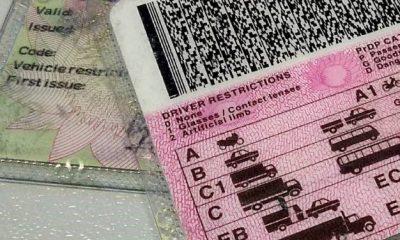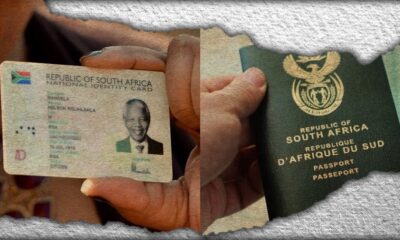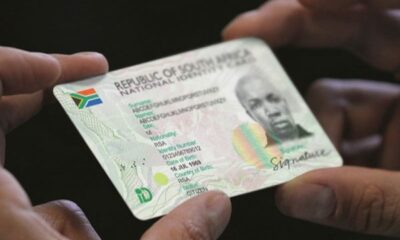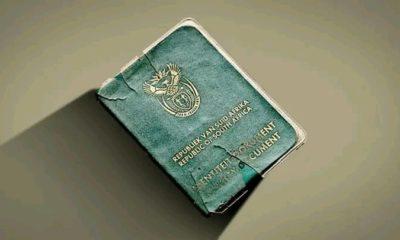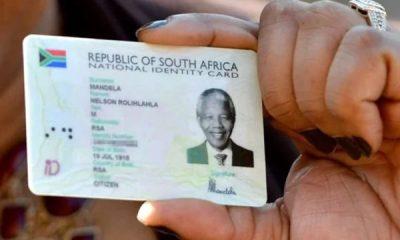Business
The End of the Green ID: How Home Affairs is Going Digital
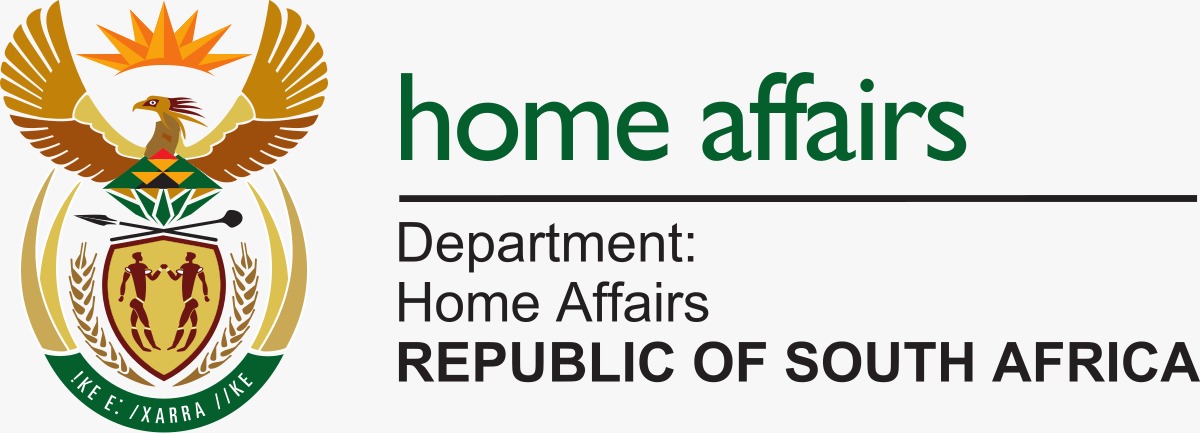
A new era for South Africans
For decades, the phrase “system offline” has haunted anyone queuing at Home Affairs. Now, the department is trying to bury that reputation by pushing its most ambitious digital overhaul yet. From smart IDs and passports at your bank to plans for a future where services live on your phone, Home Affairs is signalling the end of the old green ID book and the paper trail that has long fuelled fraud.
Minister of Home Affairs Leon Schreiber says the plan is simple: remove the need for endless visits to understaffed offices, and use technology to cut out the human intervention that opens the door to corruption. The idea is that one day, you will no longer need to step into a branch to apply for or collect key documents.
Banking on change
The fastest change is happening in banks. Home Affairs has confirmed that Capitec, African Bank, and TymeBank have joined the likes of FNB, Standard Bank, Nedbank, Absa, Investec, and Discovery in offering eHomeAffairs services. By March 2026, over 150 additional bank branches will provide smart ID and passport services.
In the longer term, banks are preparing to integrate Home Affairs directly into their mobile apps. Imagine opening your banking app to renew your passport; that’s where this is heading.
Fixing the “offline” problem
For years, banks hesitated to expand services because the department’s Online Verification System (OVS) was too unreliable. More than half of verification requests failed, creating major risks for the financial sector. Schreiber admits the system was collapsing due to a broken funding model.
That has now changed. After a major upgrade, the OVS now has an error rate of less than 1% and processes results in under a second. Banks, once cautious, are back on board. TymeBank initially complained about the sharp fee increase, from 15c per check to R10, but has since buried the hatchet and joined the partnership.
MyMzansi: government in your pocket
In parallel, the Department of Communications and Digital Technologies is building the MyMzansi app. This zero-rated platform will eventually let citizens access a wide range of services remotely, from vehicle licence renewals to health care bookings.
The timeline is longer: the first phase runs from March 2025 to February 2027, piloting digital ID and data-sharing systems. The second phase, up to 2030, will expand into healthcare, education, and business services.
Saying goodbye to the green book
The bigger picture is South Africa’s gradual farewell to the green ID book. While the smart ID card has been around for years, access has been uneven. More than 100 Home Affairs offices still cannot issue smart IDs, leaving many citizens stuck with outdated documents.
Schreiber calls the green ID one of the country’s biggest sources of fraud. Its paper-based photos are easily manipulated, creating massive costs for the financial sector. Phasing it out is not only about convenience but also about tackling identity theft at its roots.
What it means for everyday people
For ordinary South Africans, the changes promise fewer hours in queues and less stress over lost documents or endless bureaucracy. If fully rolled out, the combination of upgraded bank partnerships and the MyMzansi app could transform one of the country’s most frustrating public services into one of its most accessible.
It is, in many ways, the end of Home Affairs as people have always known it. And for most citizens, that may be a very welcome end.
Also read: Nissan Bets on South Africa as Hybrid Car Expansion Looms
Follow Joburg ETC on Facebook, Twitter, TikT
For more News in Johannesburg, visit joburgetc.com
Source: MyBroadband
Featured Image: en.wikipedia.org

